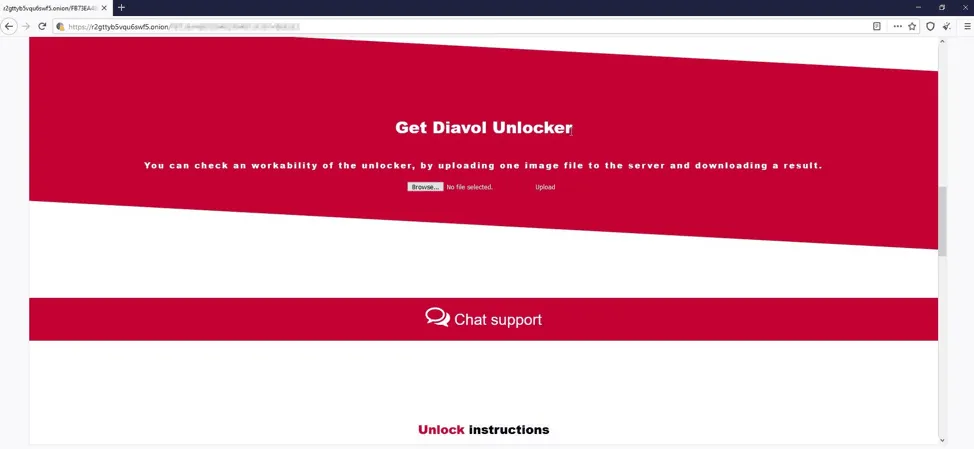TrickBot: New attacks see the botnet deploy new banking module, new ransomware
Over the course of the past few weeks, new activity has been observed from TrickBot, one of today's largest malware botnets, with reports that its operators have helped create a new ransomware strain called Diavol and that the TrickBot gang is returning to its roots as a banking trojan with a new and updated banking module.
In a report from cybersecurity firm Fortinet, malware researchers Dor Neeamni and Asaf Rubinfeld detailed the TrickBot gang's newest work, the Diavol ransomware:
- Per Fortinet, Diavol was seen in the wild in only one incident, deployed alongside a version of the Conti ransomware in what appeared to have been a test run.
- The Diavol code also contained multiple similarities with the code for the Conti ransomware.
- Following this discovery, Fortinet said it believed Diavol was the work of the Wizard Spider gang, an industry codename for the operators of the TrickBot botnet and the Conti ransomware.
- The Diavol ransomware also reused some language from Egregor ransom notes, but no other connection has been seen between the two.
- No leak site has been discovered for Diavol yet.
- Surprisingly, Diavol did not come with code to prevent the ransomware from running inside former Soviet states, something that is found in almost all major ransomware strains today.
- The ransomware's name, Diavol, means "devil" in Romanian.
But while Diavol has been linked to the TrickBot creators, in a report published yesterday, security firm Kryptos Logic said it spotted changes to the TrickBot malware code itself.
- Since June 2021, TrickBot has been seen pushing a new module on infected computers. The new module contains a revamped version of its old banking component that tries to intercept credentials for e-banking websites.
- Called a "webinject" module, this component has been rewritten to include new methods to inject malicious code inside banking websites.
- Per Kryptos Logic, this new code appears to have been copied from the old Zeus banking malware, different from the two webinject techniques TrickBot had used in previous years.
- Zeus-style injects work by proxying traffic through a local SOCKS server. If the web traffic matches a list of banking login URLs, the traffic is modified accordingly with malicious code to record credentials or carry out other operations.
- Per Kryptos Logic, this new banking/webinject module shares substantial code with IcedID's webinject module.
- The move to support Zeus-style web injects may be an attempt from the TrickBot gang to muscle into the territory of other Malware-as-a-Service banking trojans and steal some of their customers in the underground cybercrime market.
The resumption of development of the webinject module indicates that TrickBot intends to revive its bank fraud operation, which appears to have been shelved for over a year. The addition of Zeus-style webinjects may suggest expansion of their Malware-as-a-Service platform, enabling users to bring their own webinjects.
Kryptos Logic Vantage Team.
Catalin Cimpanu
is a cybersecurity reporter who previously worked at ZDNet and Bleeping Computer, where he became a well-known name in the industry for his constant scoops on new vulnerabilities, cyberattacks, and law enforcement actions against hackers.



